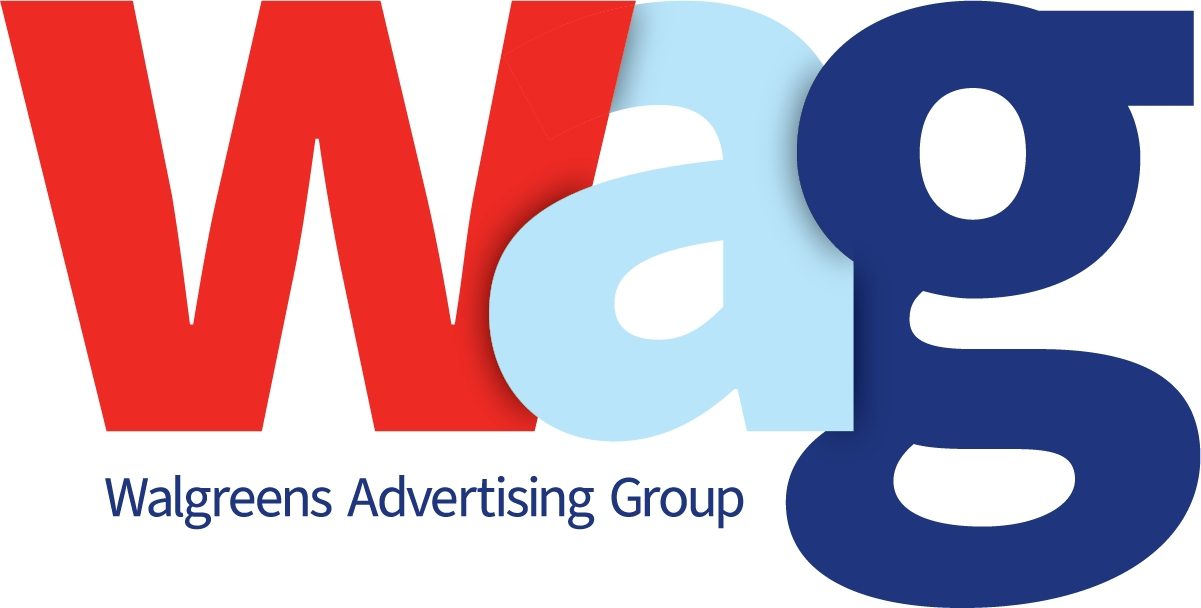In December 2020, Walgreens launched its own advertising business, Walgreens Advertising Group, wag. Now Walgreens is doubling down on advertising by expanding wag’s capabilities into over-the-top (OTT) services, connected TV (CTV) and traditional linear TV across 100 apps and 10 supply-side platforms, with an inventory of 2.5 billion daily impressions. This development demonstrates a growing trend of retailers using their customer data to provide advertising services.
What Walgreens Announced
Walgreens has touted wag as an effective way to leverage insights from 100+ million Walgreens loyalty members and one billion daily digital touchpoints with customers to create personalized advertising. wag provides businesses access to advertising platforms on Walgreens-owned and third-party channels, with the potential of achieving higher match rates versus the industry standard method of digital media buying. wag provides the ability to reach shoppers across digital display, video, social, streaming audio, email as well as Walgreens digital platforms and stores. On May 17, Walgreens announced that wag will extend its reach into television. According to Walgreens, the new capability consists of:
- The addition of OTT & CTV inventory accessible via the wagDSP — a proprietary programmatic buying technology that integrates Walgreens customer and transaction data with dynamic creative capabilities and real-time optimization.
- A first-to-market collaboration with OpenAP, and integration with the OpenID that enables brands to reach audiences powered by Walgreens first-party data as part of their television buys. Brands will be able to collaborate with Walgreens to execute against deterministic audiences now, and closed loop measurement will be in place by the start of the broadcast year.
Inventory is sourced through 100+ apps and 10 supply-side platforms with 2.5 billion+ available impressions daily, including access to inventory from key platforms.
Brands activating against this inventory can do so with all of the same functionality, optimization, and measurement capability as in digital video and display executed through the wagDSP. This enables people based media targeting, with measurement and real-time optimization.
Why the Expansion of Walgreens Advertising Group Matters
This news matters for two reasons:
- wag’s expansion is part of a broader effort by retailers to capitalize on their own-first party data to provide advertising services. Retailers such as Amazon, Dollar Tree, Kroger, Macy’s, Target, and Walmart are all monetizing their first-party customer data by building ad businesses. Each retailer can give advertisers access to different types of consumers. For instance, wag gives advertisers access to consumers in the health and wellness space, and Macy’s is geared toward businesses wanting to reach fashion-conscious shoppers. We expect more of these platforms to emerge as businesses seek alternative ways to reach consumers amid the demise of third-party cookies, which are crucial for third-party ad targeting. With third-party ad targeting across the web threatened, platforms that give advertisers entree to shoppers within retailers’ walled gardens are more appealing.
- wag is also tapping into the rise of connected TV. According to Forbes, a recent study from the Leichtman Research Group estimates that 80 percent of TV homes in the U.S. have at least one connected TV device. That number represents a steady increase from the 57 percent logged in 2015, and 24 percent in 2010. CTV is especially effective for targeting ads with niche groups – which, of course, becomes even more interesting with the demise of third-party cookies on the web.
What Advertisers Should Do
We suggest that advertisers:
- Consider retailer-based ad networks as a complement to your existing digital ad strategy, not as a replacement. If your strategy focuses on Facebook and Google, for instance, don’t move your ad dollars over to a retailer network. Remember that Facebook and Google also already offer proven advertising products that capitalize on their vast user base. For example, location-based digital advertising tools help strengthen Google’s advertising services at the local level.
- Do, however, monitor the effectiveness of your advertising on Facebook and Google amid the demise of third-party cookies and the onset of Apple’s App Tracking Transparency, which includes more privacy controls that may make Facebook ads less effective (which remains to be seen).
- Learn more about the ad products that might apply to you – and those products are evolving, as the expansion of wag demonstrates. In addition, we recently blogged about how Amazon is creating more ad units. The time may come soon when advertising on the web means constantly capitalizing on walled gardens’ offerings.
- Work with an agency partner that knows the terrain. For instance, at True Interactive, we help businesses advertise through connected TV, complementing our deep expertise with online advertising on Google, social media, and the retailer networks such as Amazon and Walmart.
Contact True Interactive
To succeed with online advertising, contact True Interactive. Read about some of our client work here.
